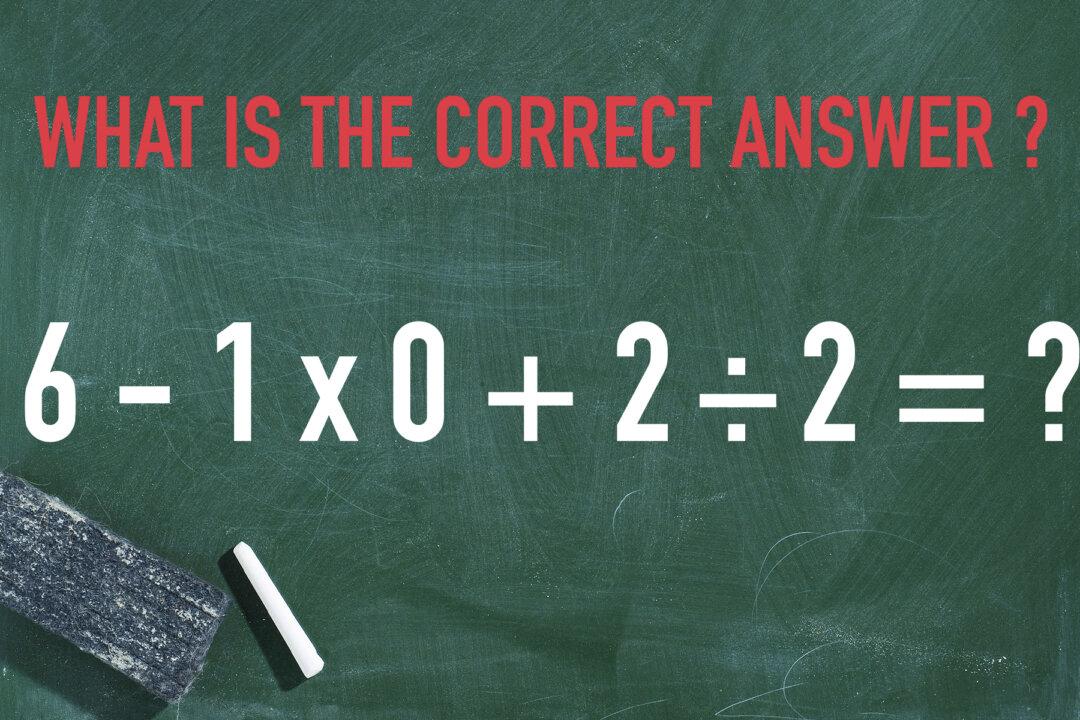This math problem has been circulating around the internet, stirring up controversy among netizens from all corners of the globe. Some math-minded folk claim the answer is simple and obvious, while others claim their calculators are telling them a very different tale.
The problem is this:
6 – 1 × 0 + 2 ÷ 2 = ?Can you figure it out? And if so, which side of the debate are you on? Let’s delve a little deeper into the debacle. Take a moment to attempt the equation for yourself before we share the answer with you.




